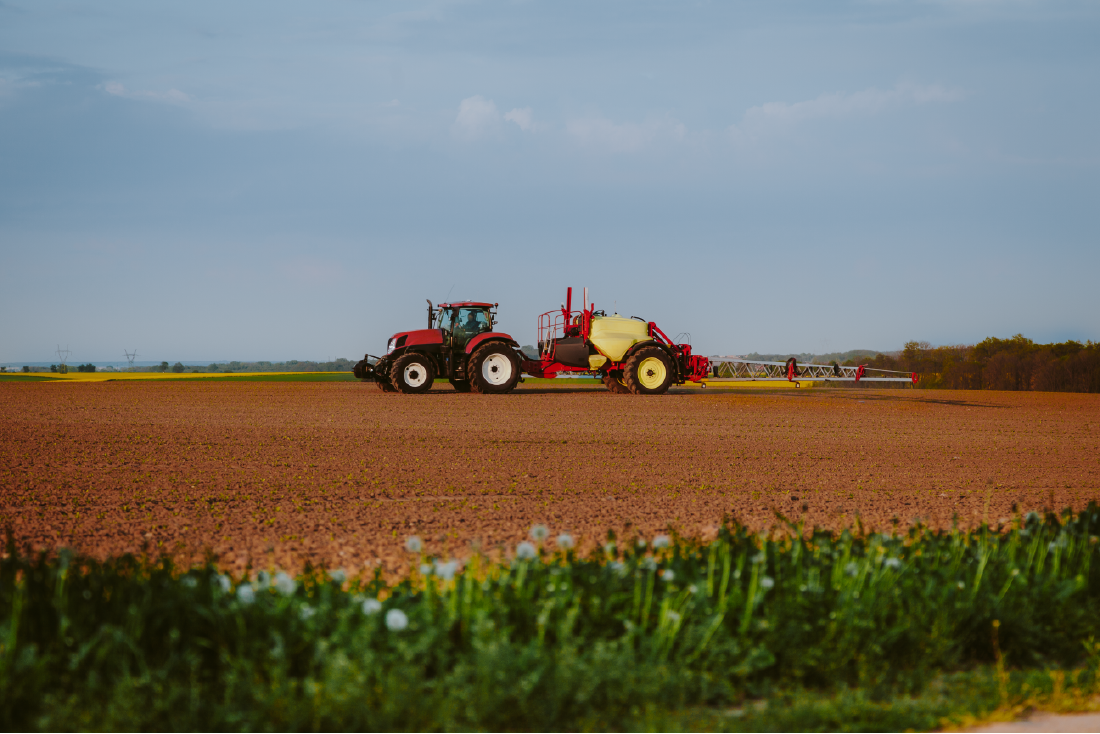
We recently caught up with Associate Partner, Peter Roberts, who works in our agribusiness team to explore the considerations for farmers as they navigate the integration of Sustainable Farming Incentive (SFI) actions into Arable Contract Farming Agreements (CFAs) following the launch of SFI 24 by Defra.
With the decline in Basic Payment Scheme (BPS) payments, many growers are turning to the SFI to reclaim subsidies and improve soil organic matter while reducing inputs. The structure of CFAs has varied with BPS either included or excluded, often altering the farmers’ prior charge. As BPS payments continue to decline to zero by 2028, a review of CFA structures, particularly the level of prior charge and the split of the divisible surplus, is essential.
Rising contractor costs, especially fuel, have led to agreements incorporating a fuel multiplier to support contractor remuneration. The expanded SFI 24 offer from Defra, released in August, provides various options that need careful consideration to weigh their benefits and drawbacks.
Key considerations include whether to include SFI options within the CFA and whether CFA terms need amending. Farmers must carefully evaluate these factors to avoid hasty decisions, especially given the likelihood of more CFA agreements in the future. Poor harvests in recent years, machinery inflation, and expensive asset finance make economies of scale crucial in arable farming.
For businesses without a succession plan, CFAs offer reduced risk while retaining farming status and tax benefits. Integrating SFI actions into CFAs can be approached by categorizing them into management plan options, boundary options, smaller in-field options, whole field options, and static whole field options.
- Management Plan Options: These, like the integrated pest management plan (CIPM1), are typically handled by the contractor or agronomist and should be included in the CFA.
- Boundary and Small Plot Options: These should be reviewed, especially if they have minimal impact on cropped areas. It might be beneficial to exclude marginal bits from cropping.
- Whole Field Options: These may affect yields and require additional operations, impacting the contractor. Income and costs for these should be included in the CFA.
- Break Crop Replacements: Options like CNUM3 – Legume fallow, now rotational, can be a lower-risk alternative to crops like Oil Seed Rape (OSR) and should be included in the CFA.
- Static Whole Field Options: These, such as the CAHL2 – Winter Bird food option, offer good margins without yield risk and should be assessed carefully, especially if they impact the contractor’s business.
In summary, with the phasing out of BPS, farmers in CFAs should consider entering an SFI agreement to generate income for activities already being done, support their level of prior charge, and carefully assess the removal of land into static options. Expert advice is crucial to ensure the right decisions for the short and long-term future of their businesses.





